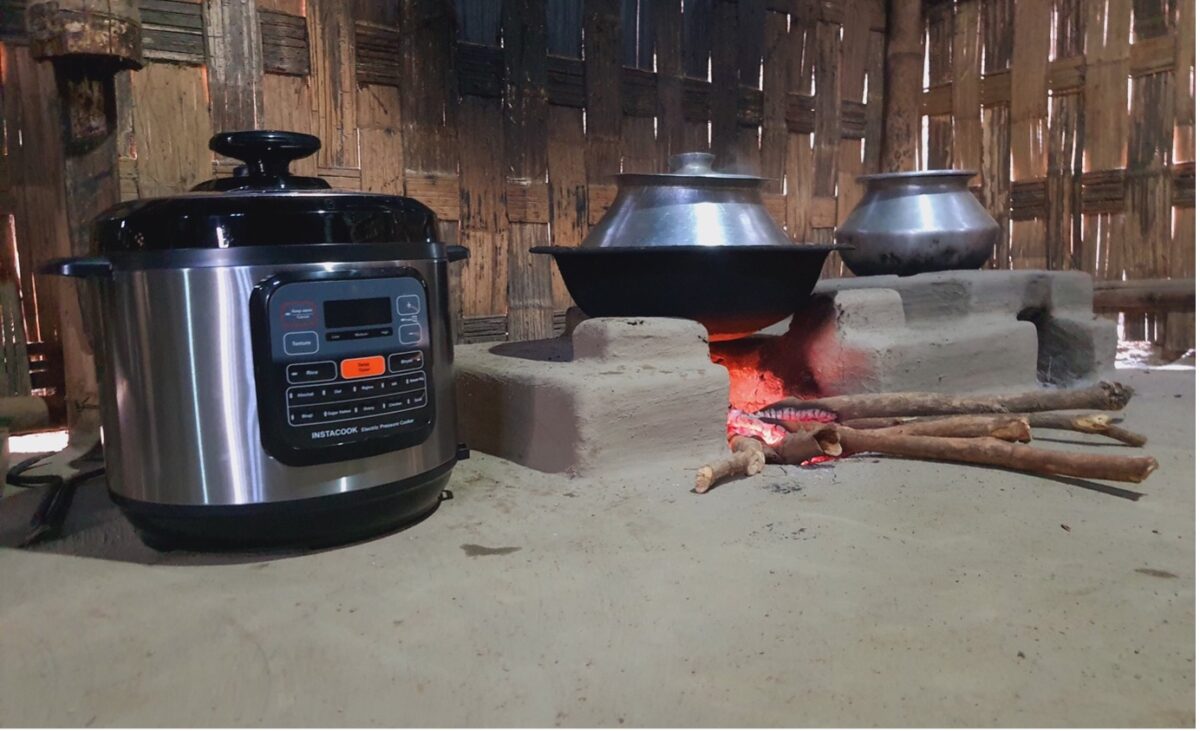It’s a pretty remarkable transition: I’m standing in a pastoral, rural Indian village above the Papu Valley in Arunachal Pradesh — thatched huts with corrugated tin roofs, smoke from cookfires trickling toward the sky, goats grazing along the dusty road, villagers hammering away at projects; then I turn and take a few steps across a wooden threshold and find myself in a room containing a fully operational ECG monitor, blood pressure gauge, IV dispenser, and vaccine refrigerator, none of which was present the day before. This equipment had been shipped from Delhi to the far reaches of the Indian frontier, installed in an under-equipped rural health center, and powered up via solar energy by Global Himalayan Expedition (GHE). Having been present for the latter two steps of this initiative, I can attest that this is no small endeavor.
























0 Comments